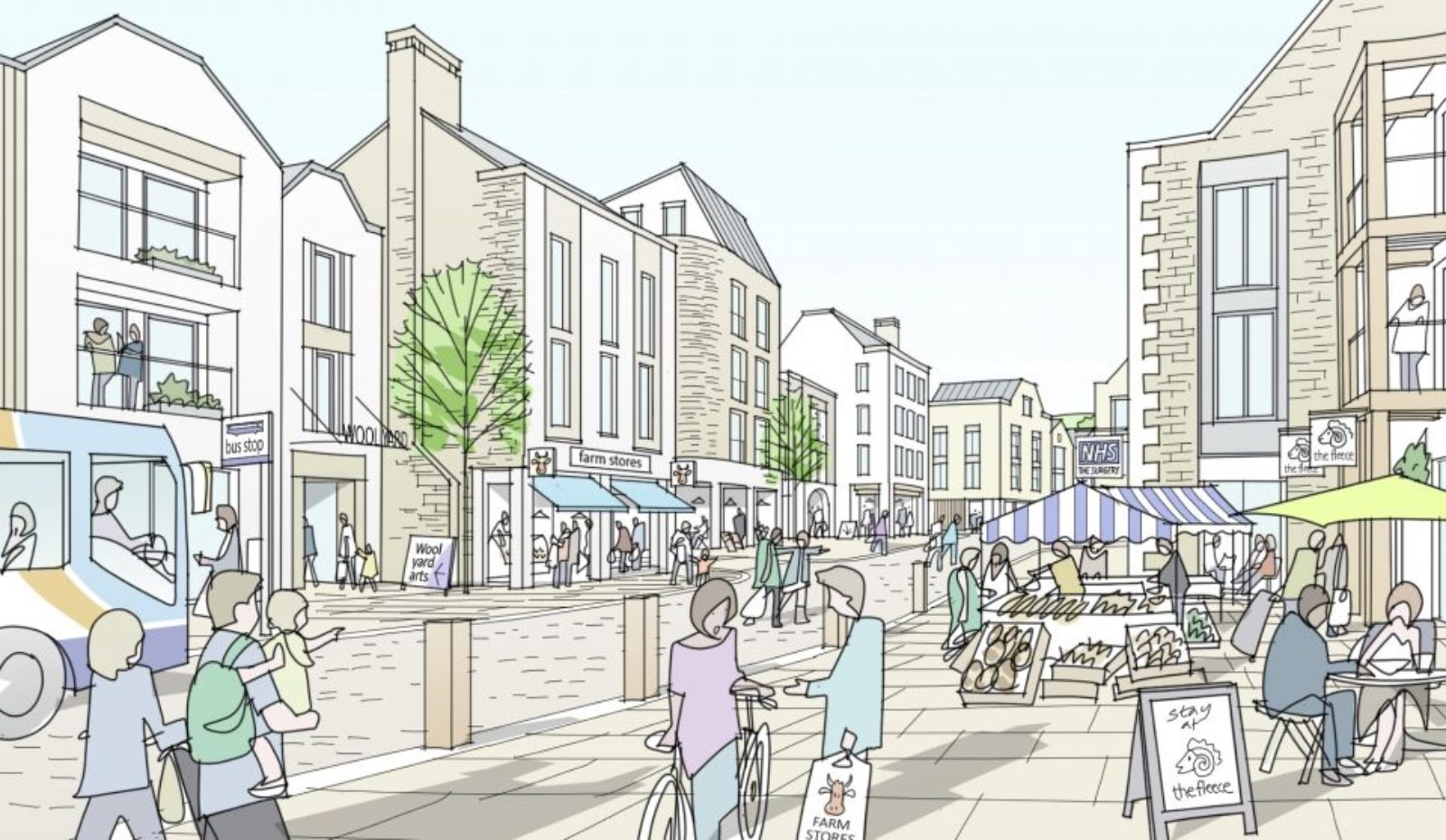Lancaster and Fleetwood Labour Party The official website of Lancaster and Fleetwood Labour Party

Lancaster Labour Group is today publicly calling on Homes England to grant an extension to allow further consideration of Lancaster City Council’s role in the South Lancaster Growth Catalyst (also known as Bailrigg Garden Village).
Since details of the funding for South Lancaster Growth Catalyst were revealed to cabinet members in March 2021, the city council has been forced from one deadline to another by the County Council and Homes England. This has to stop.
Cllr Dr Erica Lewis, Leader of the Lancaster Labour Group said, “If Lancaster City Council is to be a partner in this project, then we need to be treated as a partner by both Homes England and Lancashire County Council, and we need opportunities for our residents to engage with the design of this and all other planning and development projects.”
Labour believes that the best way to ensure that local people are supported with the services they need as well as delivering homes that are both affordable and meet good environmental standards is to do this as part of a planned community, with funding for key infrastructure already identified. We’ve seen too many developers across the district build hundreds of houses without vital community infrastructure or proper contributions to expand local services.
Using a Housing Infrastructure Fund (HIF) grant from Homes England with additional funding from Lancashire County Council and a levy on developers would support the provision of infrastructure for new homes, including:
- the building of a new motorway junction, taking cars off the roads in Galgate and improving air quality in the village
- creation of new cycle routes between South Lancaster, the University and the city centre
- improved water management on land that currently contributes to flooding in south Lancaster, something we know the Environment Agency is unable to fund
- the provision of three new schools – two primaries and a secondary in South Lancaster
- expanded GP provision in both Galgate and Lancaster University
The County Council and Homes England have calculated that it will take around 9000 new homes in south Lancaster between now and 2044 to repay the County Council’s additional investment. This is an approximate figure for the purposes of the agreement between the County Council and Homes England. It cannot pre-determine any planning decisions – there will need to be both demand and planning permission for each of the new dwellings.
Every council in the country has a house building target and all are required to demonstrate that they have a five-year land supply for development. If councils are unable to demonstrate this supply, their local plans are displaced by a presumption of development, meaning that their powers to deny planning permission are drastically weakened and less likely to survive an appeal to a planning inspector.
Not agreeing to the collaboration agreement with the County Council won’t mean that homes won’t be built in Lancaster, it will just mean developers having more say in what is built where and residents having less say in what is built near them, and that those houses won’t have infrastructure investment guaranteed.
Lancaster Labour fears that putting our five-year land supply in jeopardy by refusing the HIF money as local Green Party politicians propose would in fact lead to more unplanned development in South Lancaster. Developers prefer greenfield sites – they are cheaper and easier to build on than redeveloping former industrial sites such as the Canal Quarter.
Lancaster Labour believes that the HIF funding offers the most pragmatic local solution to what is a national housing crisis. Building new houses does not create new people – it is a fact that the population is growing. Labour wants to see people able to live in well-built houses with supporting community infrastructure. We believe that the council retaining some control over the price and quality of the houses available in the city is the best way to ensure that our children and grandchildren can remain in the area. When development will happen anyway, including in South Lancaster, we believe that accepting funding for supporting infrastructure like schools, a GP’s surgery and shops is better than standing by and allowing developers to do whatever they like in our city.
More in depth information on the South Lancaster Growth Catalyst.
